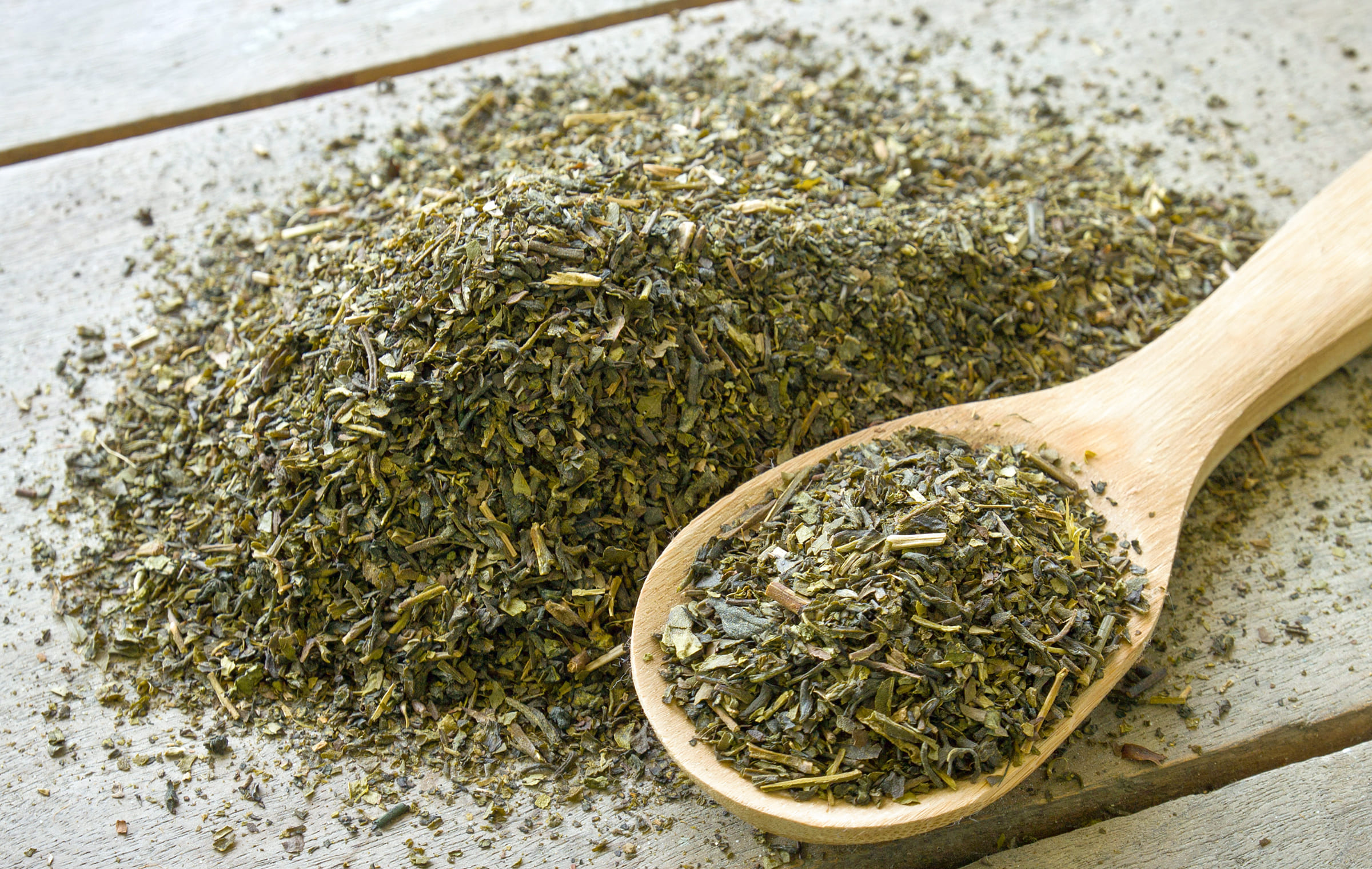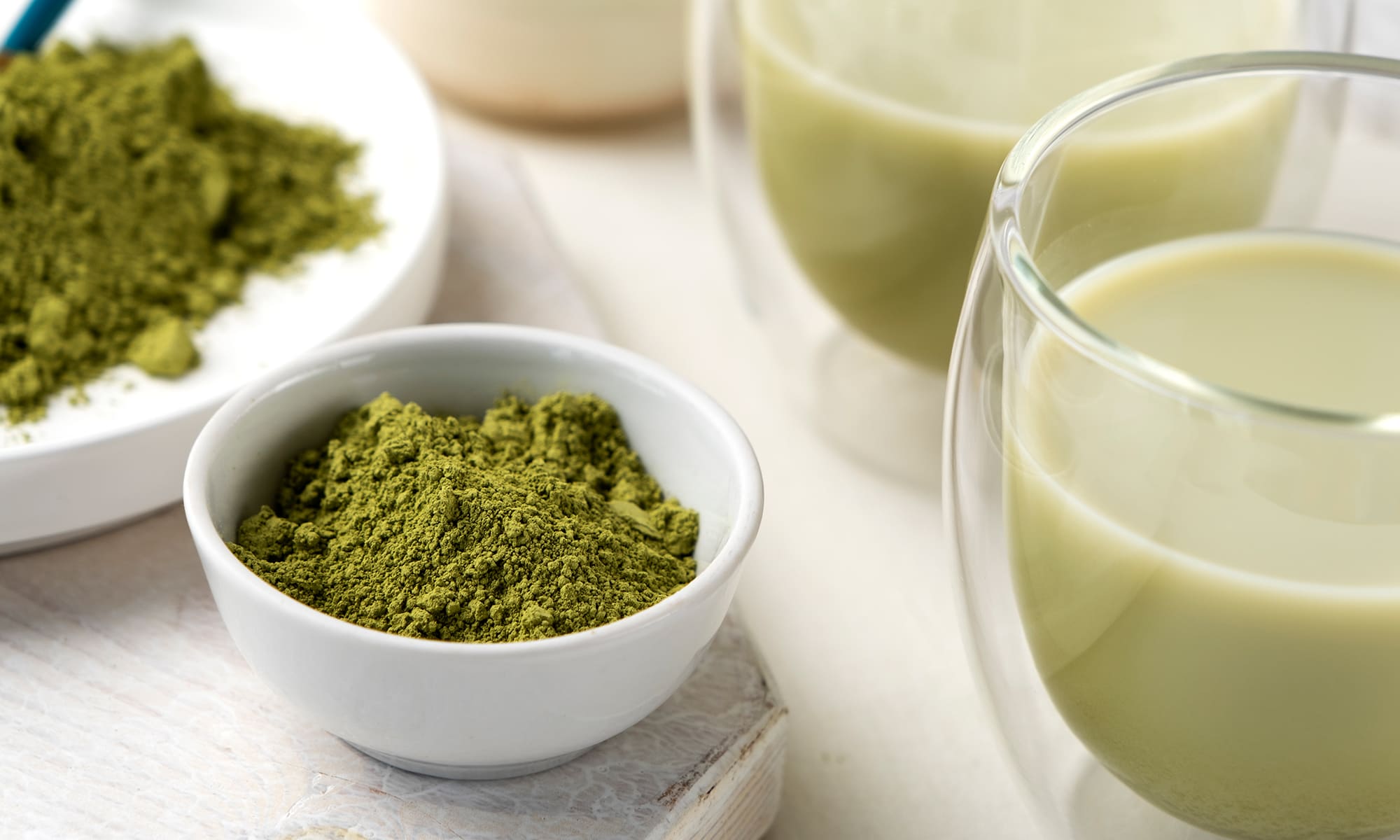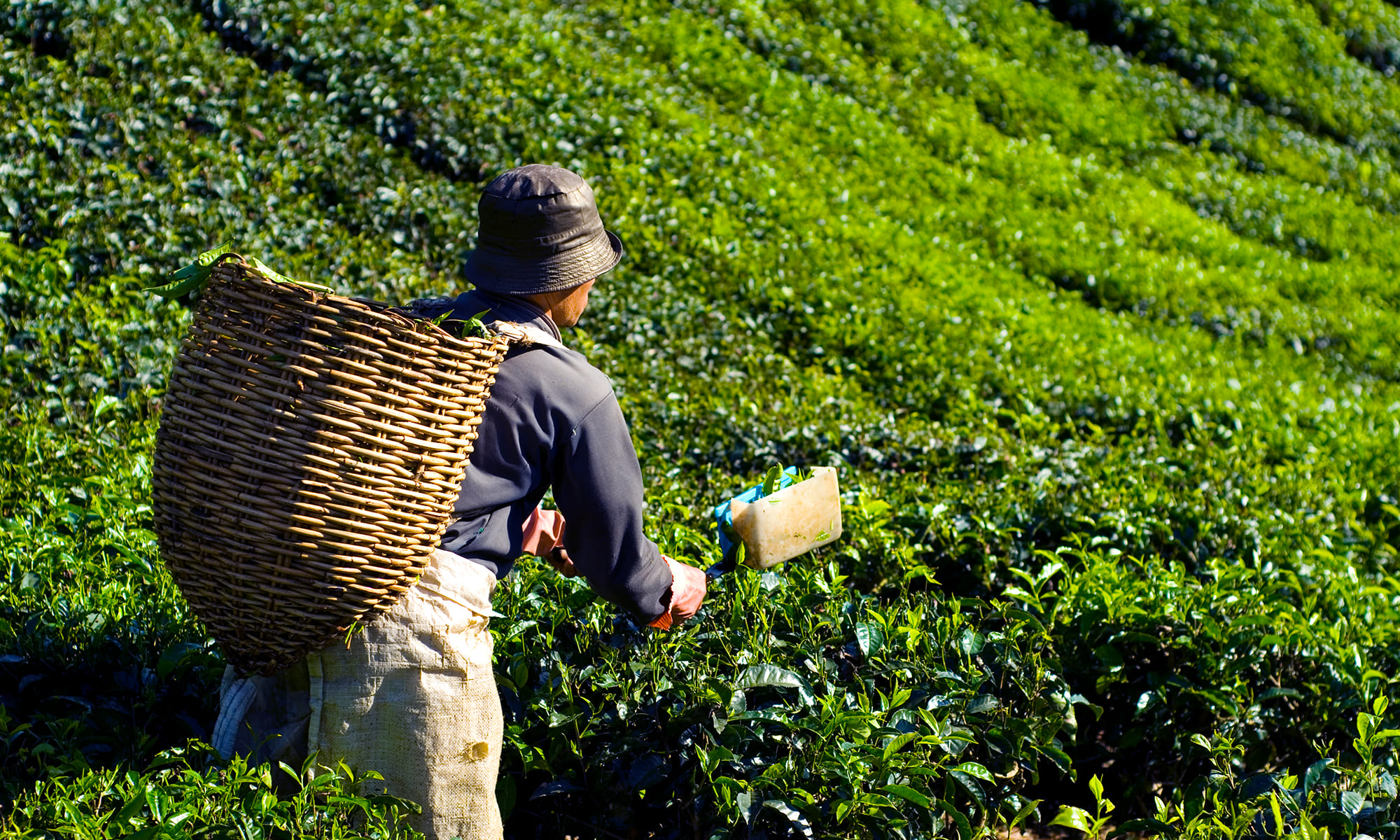


The global demand for Japanese tea ingredients—Matcha, Hojicha, Sencha, and more—has increased significantly over the past few years. As a result, many businesses across the food, beverage, and wellness sectors are noticing a gradual rise in ingredient prices. Understanding why these changes are happening can help brands make smarter purchasing decisions and plan their product development more effectively.
To explore broader market movements, you can also read our article “The Global Boom of Japanese Green Tea: Market Trends and Opportunities for Businesses”
Japanese tea has become a key ingredient in global beverage innovation, wellness foods, and café menus. Matcha continues to drive worldwide demand, while Hojicha is gaining international attention for its low-caffeine appeal. This expanding global interest naturally puts upward pressure on supply and pricing.
For businesses interested in Hojicha’s rising popularity, the article “9 Surprising Health Benefits of Hojicha: The Ultimate Guide to Japan’s Roasted Green Tea” offers additional insight.

Tea farming in Japan faces structural challenges: aging farmers, limited farmland, and strict standards for quality and safety. Unlike mass-produced crops, Japanese tea requires skilled labor and careful processing—factors that limit rapid production expansion. As demand rises, supply cannot easily keep up, leading to higher ingredient prices.

Energy, labor, and logistics costs have increased nationwide, and tea processors are no exception. Additionally, businesses that require organic and ISO-certified ingredients must consider the ongoing expense of maintaining these certifications. For suppliers committed to quality, these rising operational costs naturally influence final ingredient pricing.
To better understand how to evaluate quality-focused suppliers, you may find the article “Culinary-Grade Matcha: How to Choose the Right Supplier for Your Food Products” helpful.

Unpredictable weather—such as warmer winters, sudden frosts, and unusual rainfall—can reduce harvest yields or lower leaf quality. Even small fluctuations in output can significantly influence market pricing, especially for teas produced in limited regions or using specialized cultivation techniques.
As healthier beverages, functional foods, and plant-based products gain popularity, tea ingredients—especially Matcha, Sencha, and Hojicha—are increasingly used in diverse product categories. This expansion into wellness drinks, skincare, supplements, and bakery items places additional pressure on the supply chain and contributes to rising ingredient prices.
For more examples of how Sencha supports wellness product development, see the article “How Sencha Is Transforming Wellness Products”

B2B buyers increasingly expect transparency, consistent quality, and reliable sourcing. These requirements—such as full traceability, pesticide testing, and stringent quality checks—add cost to production. High-quality Japanese tea ingredients, especially those exported globally, must meet these rising standards, which directly influence pricing.
Rising Japanese tea ingredient prices reflect a combination of strong global demand, production limits, increasing operational costs, and evolving consumer trends. For businesses, understanding these factors is crucial for maintaining stable sourcing and ensuring long-term competitiveness. Partnering with a reliable supplier—one that prioritizes quality, safety, and consistency—can help minimize risks associated with market fluctuations.
For deeper insights into product development opportunities and industry trends, you may also find value in reading “High-Quality Hojicha for Food and Beverage Development” and “Trends in Tea: How Japanese Green Tea Is Shaping the Food and Beverage Industries”